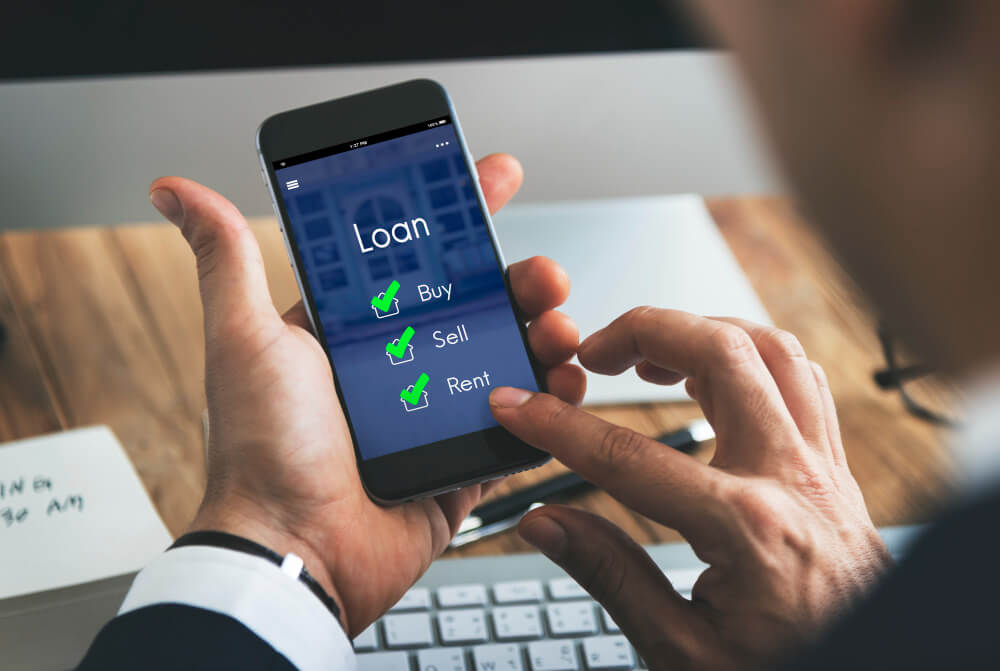Most taxi apps fail to scale not due to lack of riders, but because they treat monetization as an afterthought.
If your app only earns from ride fares, you’re leaving multiple revenue streams untapped. From driver incentives to in-app ads, there are models that not only increase app revenue but also improve rider retention and operational efficiency.
Whether you’re targeting one city or building a multi-region platform, sustainable profitability depends on strategies that have worked for brands like Uber, Bolt, and Careem, strategies that:
- Generate consistent revenue (via flexible pricing, fees, and commissions)
- Build customer loyalty (through premium plans and perks)
- Expand earning potential (with advertising, partnerships, and corporate accounts)
These are not just general ideas, they are proven app monetization strategies used across mobility and delivery platforms.
In this blog, we will provide some of the most important taxi booking app monetization strategies that can help you increase profit, reduce driver turnover, and grow your customer base. Backed by our experience delivering custom taxi booking app development solutions across India, USA, and Australia, we’ve helped dozens of clients launch scalable and profitable ride-hailing platforms.
How Taxi Booking Apps Make Money?
These apps follow a multi-channel revenue model. Income comes from ride commissions, fees, ads, subscriptions, and premium services. Apps like Uber and Lyft demonstrate how combining direct revenue with operational efficiency leads to long-term growth and profitability.
Understanding how Uber makes money can give app founders a blueprint for sustainable monetization. From dynamic pricing to B2B billing, Uber’s strategies remain benchmarks for any new taxi app.
1. Ride Fare Commissions
Apps take a percentage of the ride fare, usually between 15% and 30%. This method ensures consistent income while rewarding volume. It’s scalable, transparent, and aligns well with driver productivity across all service regions.
- Adjustable commission tiers by ride type, city, or vehicle category
- Real-time tracking of commission per ride in driver and admin panels
- Weekly/monthly summaries for accounting and performance insights
- Supports dynamic commission rules based on demand
Real-World Use Case: Uber increased its average commission in the UK to around 29%, which contributed significantly to its mobility revenue while triggering regulatory pushback on driver earnings.
2. Surge & Dynamic Pricing
Surge pricing automatically increases fare rates during peak hours, bad weather, or high demand. It improves driver availability during critical periods and helps maximize earnings during short-term spikes in ride requests.
- AI-driven surge pricing engine
- Real-time heat maps for riders and drivers
- Price multipliers displayed to riders before booking
- Admin controls for setting surge rules by region
Real-World Use Case: Uber’s dynamic pricing system is core to its revenue strategy. It enabled the company to handle driver shortages during peak hours while increasing per-trip income in high-demand areas.
3. Booking & Convenience Fees
These are small service charges added to each booking to cover operational and support costs. They’re usually fixed or tiered and help maintain the app without cutting into the driver’s share.
- Flat or dynamic fees depending on ride type or city
- Separate invoice line for transparency to the passenger
- Option to waive fees for loyalty or subscription users
- Used to cover insurance, customer support, and platform upkeep
Real-World Use Case: Uber applies a booking fee on nearly every trip in the U.S., which directly contributes to operational revenue separate from fare commissions.
Add-On Revenue Streams for Taxi Booking App Business
Once the core ride revenue is stable, apps can expand income through advertising, partnerships, and sponsored content. These secondary channels can add significant margin without increasing ride volume. This is where a well-planned mobile app monetization strategy can open up new profit centers beyond traditional commissions.
1. In-App Advertising & Sponsored Offers
Ads from third-party businesses can be shown to passengers while they wait. Brands can promote local events, services, or products, generating ad income based on impressions or clicks.
- Banner, video, or interactive ad formats within the app
- Advertiser dashboard for targeting and reporting
- Geo-targeted campaigns for higher relevance
- Option for drivers to participate in vehicle-based ads
Real-World Use Case: Uber’s advertising division hit a $1 billion annual revenue run rate in 2023, driven by in-app placements and vehicle wrap promotions.
2. Promoted Listings for Drivers or Fleets
Allowing drivers or fleet owners to pay for top placements on the app helps them gain visibility, especially in competitive areas. This works well in cities with a dense driver base.
- Sponsored badges or priority listings in search results
- Tiered promotion packages for individual drivers or fleet owners
- Transparent rotation logic to avoid favoritism
- Monthly billing or pay-per-click models
Real-World Use Case: Ola offers drivers the option to purchase promotional placements to appear at the top of rider recommendations, improving booking chances and increasing platform revenue.
3. Branded Partnerships & Merchandise
Collaborating with local businesses, event organizers, or big brands can bring in sponsorship revenue. These partnerships can involve ride discounts, special pick-up zones, or exclusive services.
- Co-branded rides during events or brand campaigns
- Promo codes offered via partner apps or stores
- Merchandise sales tied to brand tie-ups
- Dedicated landing pages for partner campaigns
Real-World Use Case: Uber partnered with Heineken and BMW for branded ride experiences during product launches and events, earning both sponsorship revenue and media coverage.
While these revenue streams offer flexibility, executing them smoothly requires attention to technical and business challenges, something many new platforms underestimate. We’ve covered key challenges of taxi app development that can impact your revenue goals if left unaddressed.
Ride Sharing App with Premium Features for Extra Revenue
Frequent riders and corporate users are willing to pay for advanced features and added convenience. Offering these as paid services builds long-term loyalty while increasing margins. These models align well with modern monetization strategies for apps focused on long-term user value.
1. Subscription & VIP Rides
Riders can subscribe monthly for benefits like discounts, priority bookings, or fee waivers. Subscriptions build predictable revenue and keep high-frequency users within the app ecosystem. If you’re exploring ready-made business models, here are profitable taxi app clone ideas that already align with high-earning segments.
- Tiered plans with variable pricing
- Features like free cancellations, price lock, and surge protection
- Loyalty points or credits as renewal incentives
- In-app subscription management and billing
Real-World Use Case: Uber One, priced at $9.99/month, contributed to over 30% of bookings in the U.S., proving the value of loyalty-focused subscriptions.
2. Corporate Billing & Business Accounts
Offer businesses a centralized system to manage employee rides, with monthly billing and usage reports. This B2B channel adds stability and high-volume bookings.
- Account management portal for companies
- Ride policy enforcement tools (time, location, amount)
- Grouped invoicing and GST/Tax integration
- Priority support for corporate clients
Real-World Use Case: Uber for Business is used by over 170,000 companies globally and adds a consistent revenue stream beyond individual users.
3. Ad-Free Experience
Some users prefer an uncluttered interface and are willing to pay for it. A premium upgrade removes ads and sponsored content for those who want a cleaner ride-booking process.
- One-time or subscription-based payment to remove ads
- Ad toggle option in settings
- Promoted with onboarding or ride history nudges
- Metrics to track adoption and revenue from ad-free plans
Real-World Use Case: This model mirrors Spotify and YouTube’s success with premium subscriptions. While not common yet in taxi apps, it offers potential for user-centric platforms with a large install base.
Of course, monetization only works if your app’s foundation is sound—scalable architecture, reliable payment systems, and real-time tracking. Here’s a breakdown of how to develop a taxi booking app that supports both operational scale and revenue flexibility. If you’re planning on starting a cab business, building that technical foundation is your first step.
Real-World Implementation: Taxi Booking App in Mozambique
We developed a full-scale taxi booking app tailored to the Mozambican market. With native Android and iOS builds, real-time tracking, MPesa integration, and a robust admin panel, the project showcases how localized features and strict ride logic can power sustainable on-demand mobility in emerging markets. The structure of this project is a great example of applying app monetization strategies tailored to local behavior and payment systems.
Conclusion: Building a Profitable Taxi Booking App
A profitable taxi booking app doesn’t rely on just one stream of income. Success comes from combining multiple revenue models, fare commissions, dynamic pricing, in-app ads, business accounts, and rider subscriptions. Companies like Uber and Bolt have proven the model works, but it’s the right execution that drives long-term sustainability.
If you’re creating a business plan for taxi company growth, consider monetization from day one, not just features, but pricing models and user lifetime value.
If you’re planning to build or improve your platform, your monetization strategy should be built into the tech from day one. That’s where the right partner matters.
Vrinsoft has helped taxi businesses across India, the USA, and Africa launch revenue-ready apps built for scale. Here’s a quick look at the top taxi booking app development companies in India to help benchmark what to expect.
Whether you’re figuring out how to start cab business from scratch or scaling an existing one, these monetization methods are proven and repeatable.
Ready to turn your taxi app idea into a real business?
Talk to our team today to build a monetization-ready solution that’s built for performance, retention, and real returns.










